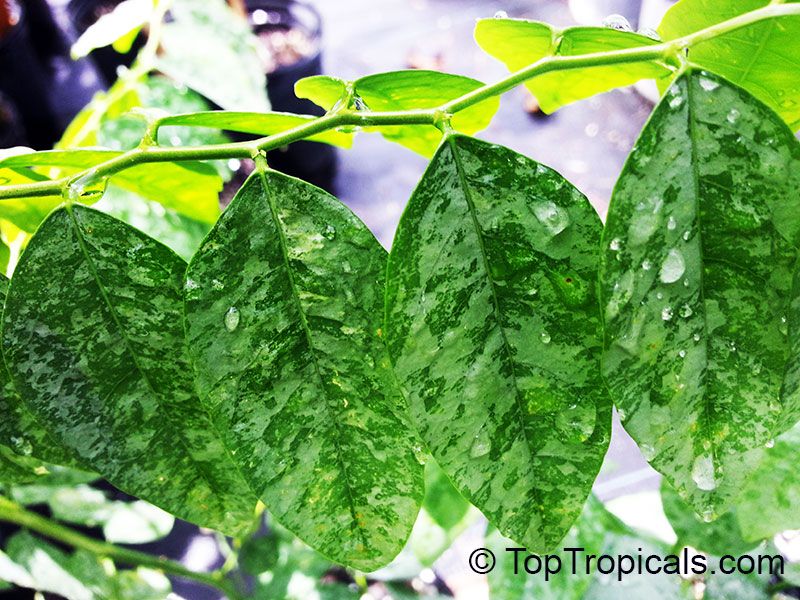Tropical Asparagus, Katuk. Sauropus androgynous. Grow your own food!
by Alex Butova, the Witch of Herbs and Cats
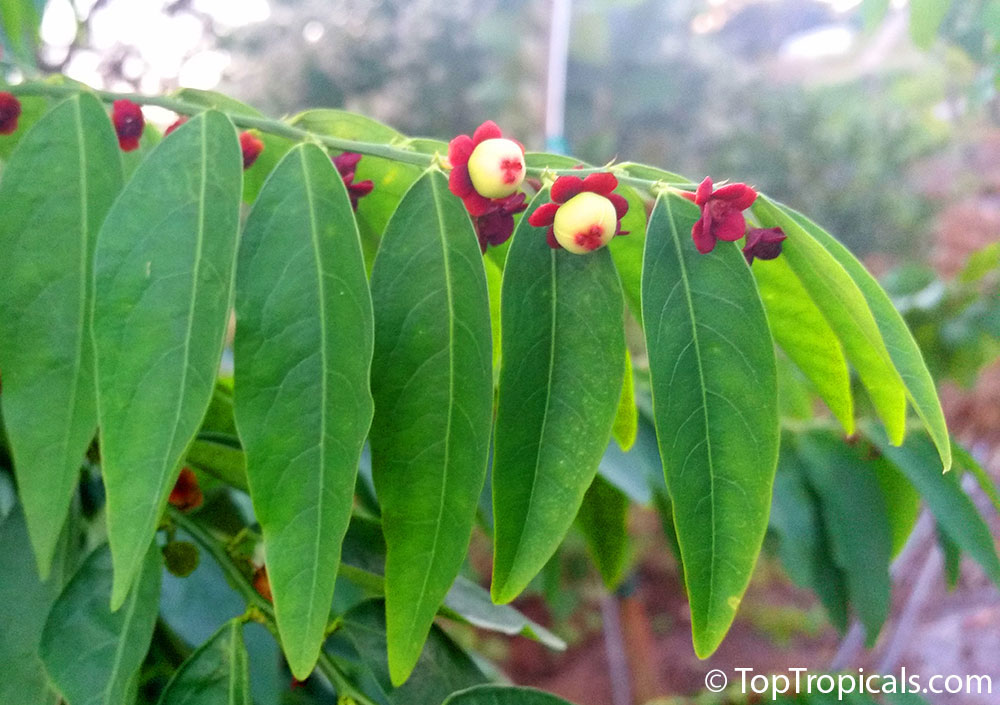
...One of the most popular leaf vegetables in South Asia and Southeast Asia is the Tropical Asparagus (Katuk) - Sauropus androgynus. Cooked Tropical Asparagus is great with crab meat, minced pork, dried shrimp, or in a soup... Katuk is one of the most popular leaf vegetables in Southeast Asia. It is among only a few flora containing vitamin K. Leaves and stemmed can be cooked as vegetable; the plant has many medicinal properties. Katuk is fast growing and keeps growing as you trim it for your kitchen needs. Multiple upright stems can reach 6-7 ft high. It has great ornamental value, has pretty red flowers and ornamental fruit showing shiny black seeds when they crack open. Varieties with green leaves and variegated leaves have slightly different flavor but are equally good for your healthy, fiber-rich diet...
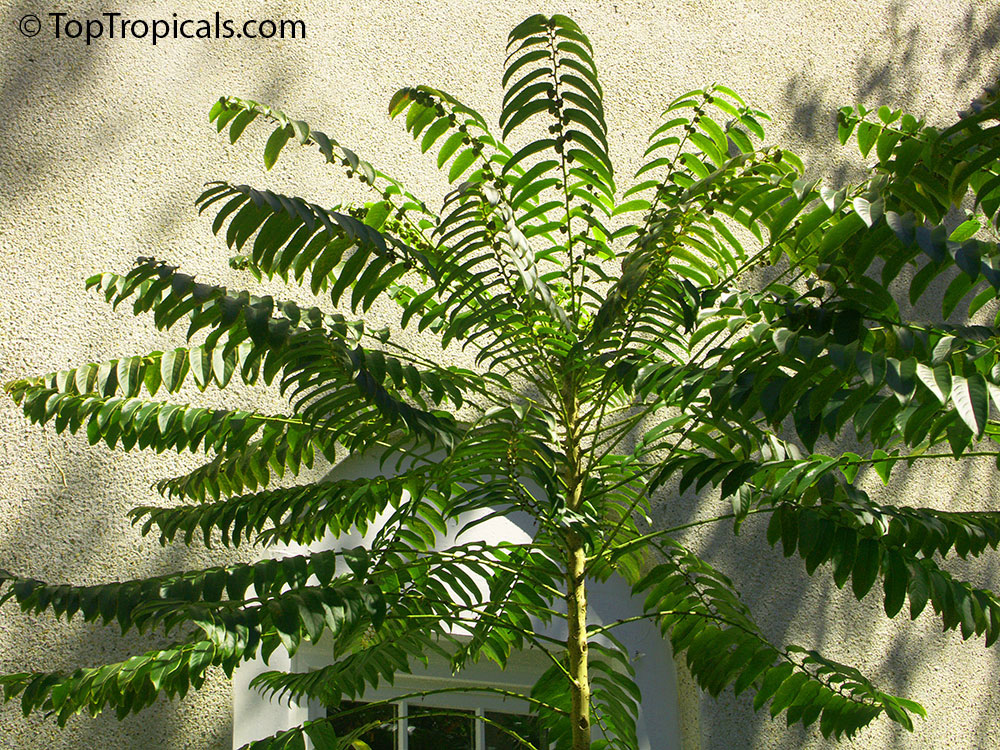
About the plant
Sauropus androgynous (family Phyllanthaceae), also known asKatuk,Star Gooseberry, orSweet Leaf, Tropical Asparagus, is native to Tropical and Subtropical Asia. It is an evergreen, much-branched shrub growing in a wild up to 10 ft tall, but kept to around 6ft under cultivation. Stems vertical, somewhat woody. The leaves are pinnately compound with ovule or lance shape. The flowers are dark red in color. Male and female flowers lack petals and occur on the same plant in the leaf axils. Female flowers have 6 red sepals surrounding a single cream-colored pistil, while male flowers have 6 cream-colored sepals enclosing 3 reddish stamens.
Small, white fruit shaped like a mangosteen turns purple at maturity. When fully mature, fruits split open to reveal up to 6 black angular seeds.
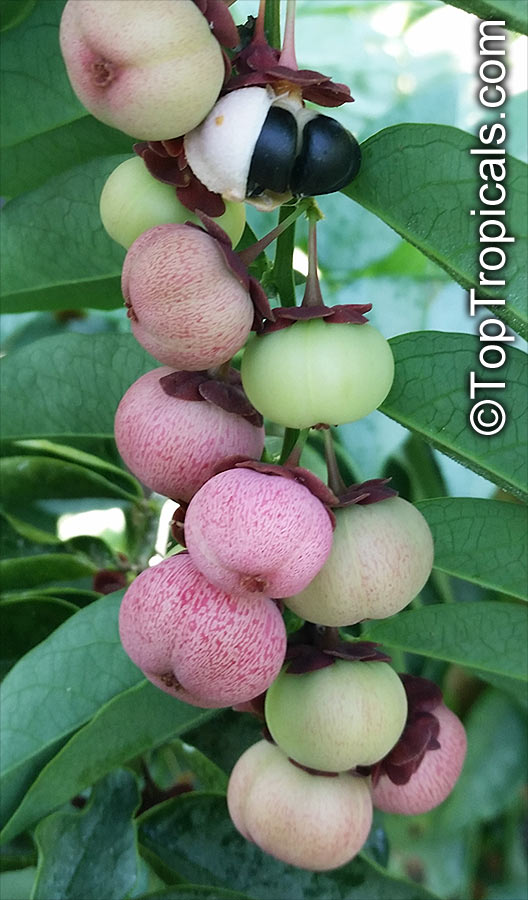
Culinary use
This plant is widely cultivated in several countries in East and South East Asia as a medicinal plant and as a vegetable. Edible plant parts are leaves, fruits, flowers and stems.
In South and South East Asia, the leaves, stems, flowers and immature fruit are eaten as a vegetable after cooking, such as by stir-frying, boiling or steaming. Its taste has been compared to spinach, garden peas and asparagus. The locals cook it with crab meat, minced pork or dried shrimp to make soup. It is commonly stir-fried with egg or dried anchovies.
The flowers and small purplish fruits of the plant are also eaten in Indonesia. The shoot tips are sell astropical asparagus inVietnam. They are one of the most popular leafy vegetables in South Asia, and is notable for high yields andpalatability.
The plant is rich in nutrients. It is a good source ofvitamin K. It also has high level of provitamin A, carotenoids, especially in freshly picked leaves, as well as high levels of vitamins B and C, protein and minerals. The more the leaves mature, the higher the nutrient content of the leaves.
However, the plant should only be eaten after thorough cooking and as part of a varied and well-balanced diet.
Warning:According to research, consumption of raw plant parts in large quantities, such as adding them to salads and smoothies, could lead to lung damage. Plant parts are safe for consumption after thorough cooking.
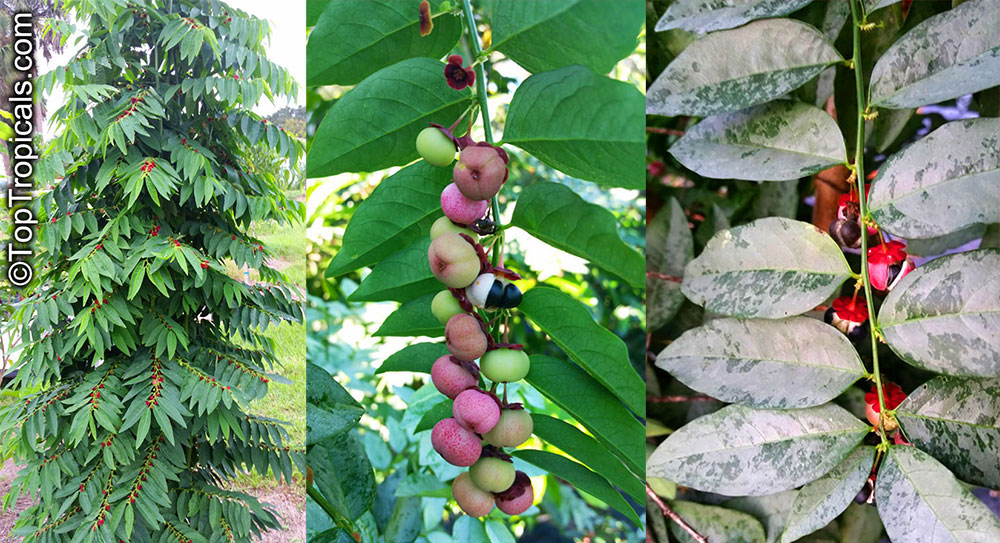
Medicinal use
In South Asia, South East Asia and China, Katuk is used in traditional medicine to treat a wide range of ailments including cough, fever, hypertension, diabetes, vision loss and diseases of the gastrointestinal and urinary systems. It is also used to promote lactation, weight loss and wound healing.
Some of these medical uses are supported by laboratory studies which have linked the plant's rich and diverse range of bioactive compounds to medicinally useful properties, such as anti-microbial and anti-inflammatory activity.
Growing in the garden
Tropical Asparagus is easy to grow in high temperature and humid conditions. It grows best in areas where annual daytime temperatures are within the range 85 - 55F, but can tolerate 40 - 100F; large plants can take even some light freeze once established. In very hot climates Katuk prefers filtered light shade, but will grow in full sun as long as the soil is kept moist. An evenly moist soil is also conducive to faster, more lush, growth.
The unusual flowers form on the underside of the leaves in the spring and fall. The fruits develop quickly after pollination. Some cultivars may require cross-pollination with another cultivar in order to set fruit. Others appear to be self-fertile.For propagation, fresh seeds should be sown immediately, and may take a few weeks to germinate.
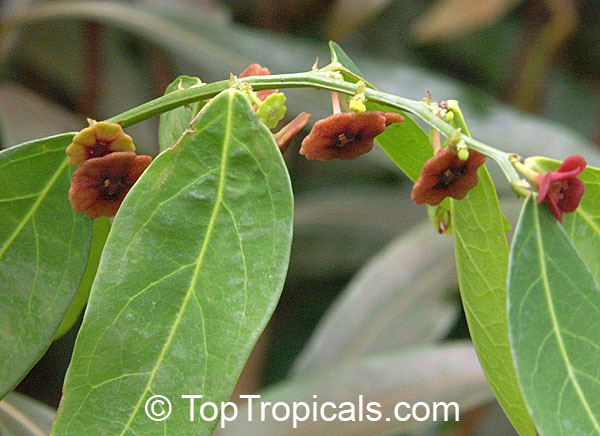
Katuk is recommended for USDA Zones 9b-11. Elsewhere, it can be container-grown and protected from the cold.
Katuk is not only a useful edible plant but also a very beautiful ornamental shrub. Rare and unusual, it can be a center piece of any tropica, subtropiccal, or container garden.
Impress your garden visitors with this special treat - a tasty tropical asparagus cooked with hot butter and a pinch of Asian spices...
